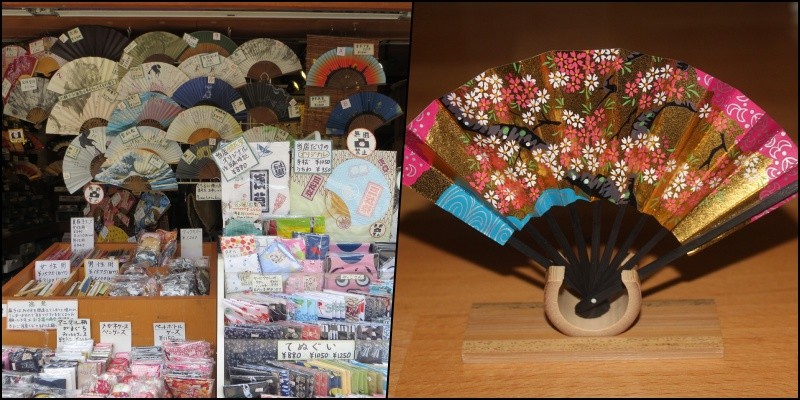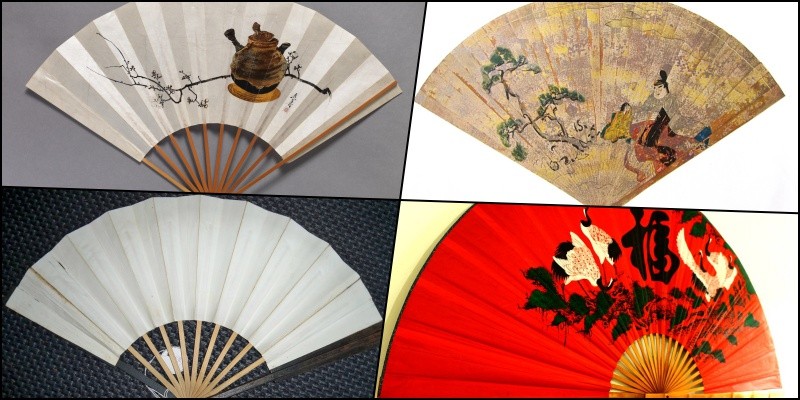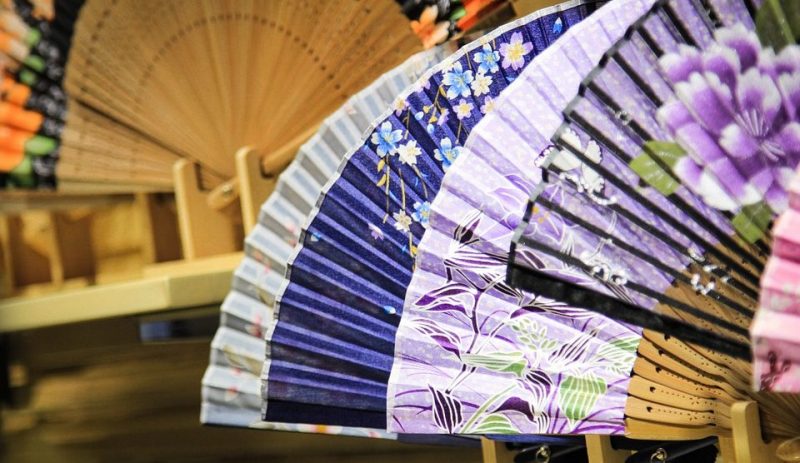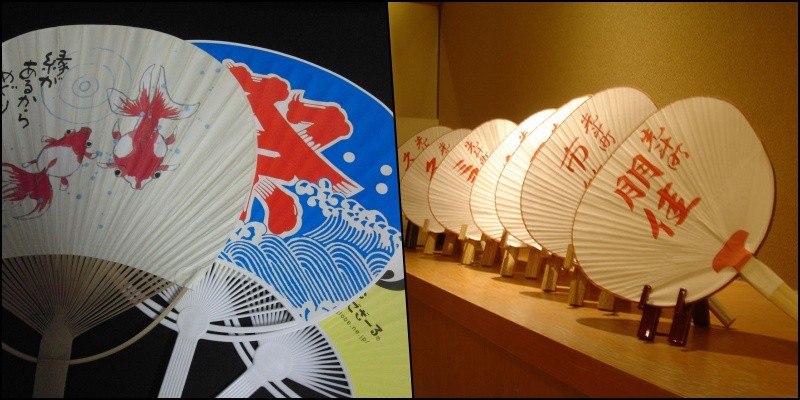It is a fact that Japan is a country full of history, scientific and technological innovations, unique cuisine and diverse landscapes. Something that also draws a lot of attention in this country are the many symbols and cultural icons that emerge over time. These symbols represent Japan in many ways around the world. It is one of those striking symbols are the japanese fans. These fans are widely used in Japanese culture and society.
In addition to providing a cool breeze in hot weather, these are also associated with traditional dances and cultural aspects of Japan. They are one of the most sold products and taken as souvenirs because they are beautiful, functional and practical. Let's see now some information about the symbolism, history, meaning and some interesting facts about Japanese fans.
Índice de Conteúdo
A bit of history and curiosities about Fuan
Folding fans were invented in Japan between the 6th and 9th centuries. But the first literary references to the fan in both Japan and China date back to the 5th century. Even a dictionary written around the year 935 lists two types of fans, the Uchiwa it's the Ougi.
Fans only gained popularity and commerce in Japan from the 12th century onwards. These were used for ceremonial purposes and remained until the 19th century as a item of the Japanese court. In the beginning, only the emperor was allowed to use the fan called Hiogi. Although, with the passage of time, use was allowed for all social levels.
Over time, several variations of this item emerged. The fan called Gunsen it was used by Generals, Samurai and court officials as a means of signaling during battles. There were also those used in plays and dance shows called Chukei or Noh.
The fame of fans in Japan continued, but it was in the Edo period (1690-1868) that the most significant changes and popularization occurred. There was a great increase in artisanal production compared to previous periods. The use and commercialization of fans in Japan surpassed those in China as they ended up becoming a symbol of Japanese life.
The main variations of Japanese fans
These fans are traditionally made from strips of wood and washi or silk paper. Those made of silk are considered more valuable and special. The wooden rods symbolized the Rays of the Sun illuminating, which sustains life, represented by the drawings. As said there are many variations of this same item. But the main styles are those already mentioned, the Uchiwa and the Ougi.
The Ougi (扇) are made with wood and silk and these are considered the symbol of a high social status. Another alternative name is sensu (扇子) which is pretty much the same thing only smaller. Most of these fans have pretty patterns and pictures. Perhaps the most popular design is cherry blossoms. The main advantage of this type of fan is its easy transportation and handling.
Because it is foldable, it consumes a small space inside bags. So it can be used anywhere during a walk or a trip. These can be of different sizes. But, usually the ones with about 20 cm are intended for women and those of 23 cm or more are intended for men.
The Uchiwa (団扇), unlike the Ougi style, are not foldable. That's why they are not so common, because they are not practical or portable. They are usually made with narrow pieces of bamboo, coated with paper or silk, covering all the wood. These are mostly used by stores, companies, among others, as a means of advertising, mainly during the summer season.
So, they are usually distributed free of charge in advertising campaigns or at various events. The Uchiwa are the ones most associated with the customs, culture and history of Japan. Its appearance is similar to a tennis racket.
Symbolism associated with Japanese fans
There are many symbolisms on top of fans in Japan. They are already a symbol of prosperity and when opening it can be associated with the expansion of wealth. As the wooden rods come out from one place to many directions, it can be considered as the various paths we face through life. Standard fans usually have the odd number of images printed on them. This is regarded as a symbol of happiness and prosperity.
Colors can also bring some meanings. Reds and whites are considered lucky and golds attract riches. Fans that are given as a gift represent the wish of a long and lucky life for the person. The drawings also carry a lot of meanings. For example, couples of birds are a symbol of a loving couple. Plum blossoms represent a new beginning and cherry blossoms represent love for the country. Cherry blossoms can also represent wealth and good luck. a horse represents compassion the carp represents luck and long life and the lion symbolizes force.
So, the meaning varies a lot, from the color to the design represented on it. Japanese fans are a good option to buy as a souvenir or for your own use. You can easily find them in many stores, both in Japan and in other parts of the world.








